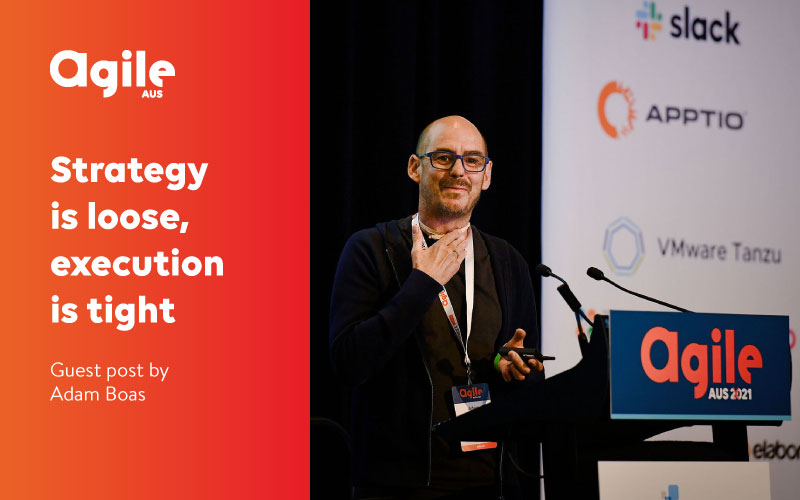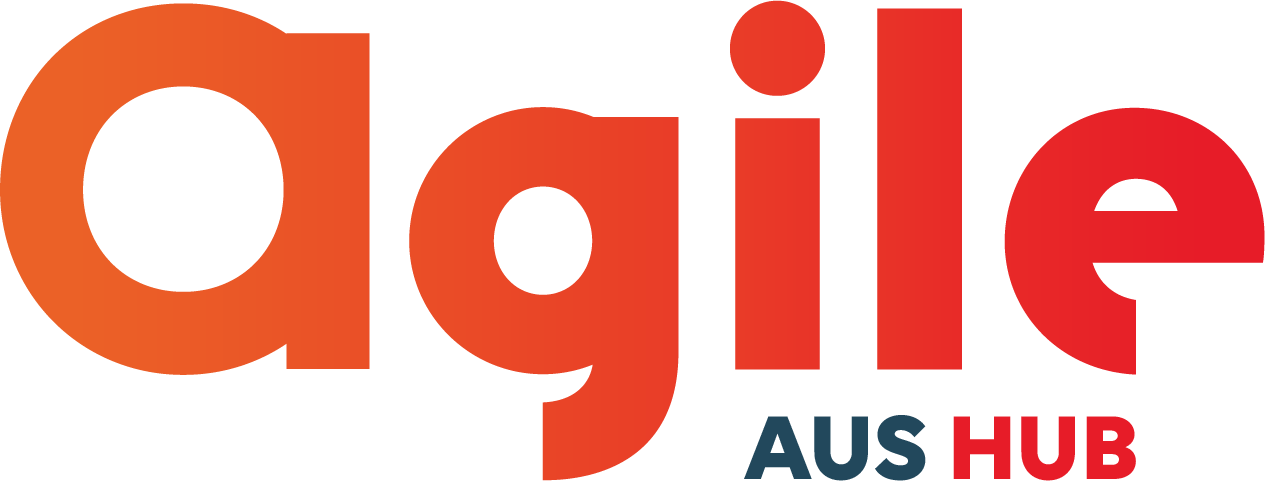
Strategy is loose, execution is tight
‘Strategy is loose, execution is tight’ sums up my thoughts on an approach I have used in delivering software into a single succinct statement. I really love to find shorthand ways to encapsulate detailed thinking, unfortunately it is probably not very meaningful to most people without the context and thinking behind it. I am using the terms loose and tight in very specific ways so I think it is important to outline what I mean by each of them in the context of strategy and execution.
Strategy
If strategy is tight we spend all our time looking forward and planning. I think of this as crystal ball gazing, in the worst cases it is more akin to fiddling while Rome burns. We plan, plan, plan, designing where we want to be, imagining roadblocks and threats, planning further to meet those imaginary threats. Wargaming, it is seductive, like playing a game of chess where we can control not only our own moves but our opponent’s response. It is seductive but expensive in both time and opportunity cost. A strange outcome of this approach is that leaders tend to think of execution as trivial compared to the massive effort they have put into planning. This often leads to huge underestimation of execution effort and misalignment with respect to likely delivery dates and cost.
When business strategy is loose a clear engineering plan needs to align against that strategy with what some groups call Lights on The Hill. These are clear but high level designs with well articulated domains and boundaries. This design is constantly revisited in lightweight design sessions and the result of this is an evolving design, a “Light on the Hill” to guide lower level decision making during execution. The design needs to clearly articulate the high level systems required to meet the business strategy, pointing the way for detailed decisions that will be driven out during execution.
Design is loose and importantly it is distributed. Teams delivering the vision have freedom to evolve and control the domain areas they own. Each domain has its own Light on The Hill and the interaction across those domain boundaries are designed and understood as a meta Light on The Hill, a North Star if you will. It points the way for the broader organisation and must evolve as the Lights on The Hill do within each domain. Such evolution has to be bottom up because that is where execution is happening. Even though it is bottom up, it evolves as part of execution so its maintenance is tight – done with focus and attention to detail. Some larger organisations will need a person or group dedicated to stitching all these evolving designs together.
Execution
When execution is loose, delivery objectives are unclear, delivery dates impossible to determine and progress to goals is non-linear. Some weeks teams seem to deliver huge amounts and other weeks nothing at all. People always seem busy but outcomes are difficult to predict or plan towards. This often comes from teams not breaking work down well and attempting deliveries that end up taking many weeks or months. It can also result from changing priorities, this often results from tight strategy. When teams start work and priorities change under them, they either end up spending large amounts of time working on things that are not important or are constantly pivoting and not completing anything. Such teams can become disheartened and disengaged from company objectives. Loose execution is not data driven, discipline and detail orientation is required to gather meaningful data. Loose execution replaces data with opinions.
When execution is tight, near term work is clear, well scoped and prioritised. Teams with tight execution break down work efficiently and into reasonably uniform units. They deliver in predictable time allocations. Such teams prioritise reliability over speed, working to maintain predictable cycle times and using experimentation to monitor improved (or reduced) flow as a result. Flow in this context is the count of work units produced over a given time period. Decisions are data driven, even prioritisation is driven by data, balancing technical debt against new features is not one opinion against another it is an exercise in maintaining measured delivery speed and an acceptable amount of time spent in failure demand against features with well measured impact and value.
Organisational Mindfulness
Strategy is loose, execution is tight. When you talk about it or write it down in black and white, few people will disagree. It seems obvious, why are we even bothering to talk about it? I like to think of this as organisation mindfulness because, funnily enough, it is almost exactly like mindfulness in our personal lives. We work as a group to be present, really present in our delivery. We bring our whole selves to every interaction paying attention to the details of the delivery, paying attention to and adjusting the things we are doing right now.
There has to be a time for strategy but it needs to be set and then revisited in a cadence that allows execution to be focussed and uninterrupted. Why lose yourself in over strategizing, looking into the future and imagining all sorts of threats and problems you can’t control? Particularly when that means drawing your attention away from the things you actually can influence in the present.
For most of us, mindfulness is something that is easy to talk about and even execute in short bursts but sustained mindfulness often eludes us. For organisations, it is even harder. In many instances organisations can succeed at planning days and strategy sessions but completely fail in actually doing it. It is not surprising when you think that success requires not just one, but many individuals to pay attention and train their minds to focus on the here and now. It’s far easier to get seduced back into strategy and planning. Strategy is only theory, an approximation of what reality may become, it is always in the future and is only ever tested in the act of delivery. If we spend our time seduced into spending too much time focussed on strategy then we deliver imperfectly and all our effort is wasted.
Adam Boas spoke at AgileAus20-1. EOIs to speak at AgileAus22 which is being held in Melbourne on 17-18 October 2022 are opening in May so please stay tuned!
2 Comments
Submit a Comment

Stay in the loop
To receive updates about AgileAus and be subscribed to the mailing list, send us an email with your first name, last name and email address to signup@agileaustralia.com.au.

Hi Adam , thank you for coming in yesterday for CBA All hands .. people like me trying to grasp how to do strategy followed by execution your view was very relatable and sometime things you know but when you keep it out in open and start talking it gives purpose and meaning . I loved that 20 mins talk of your talk.
Love this!